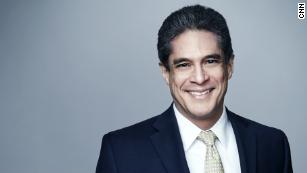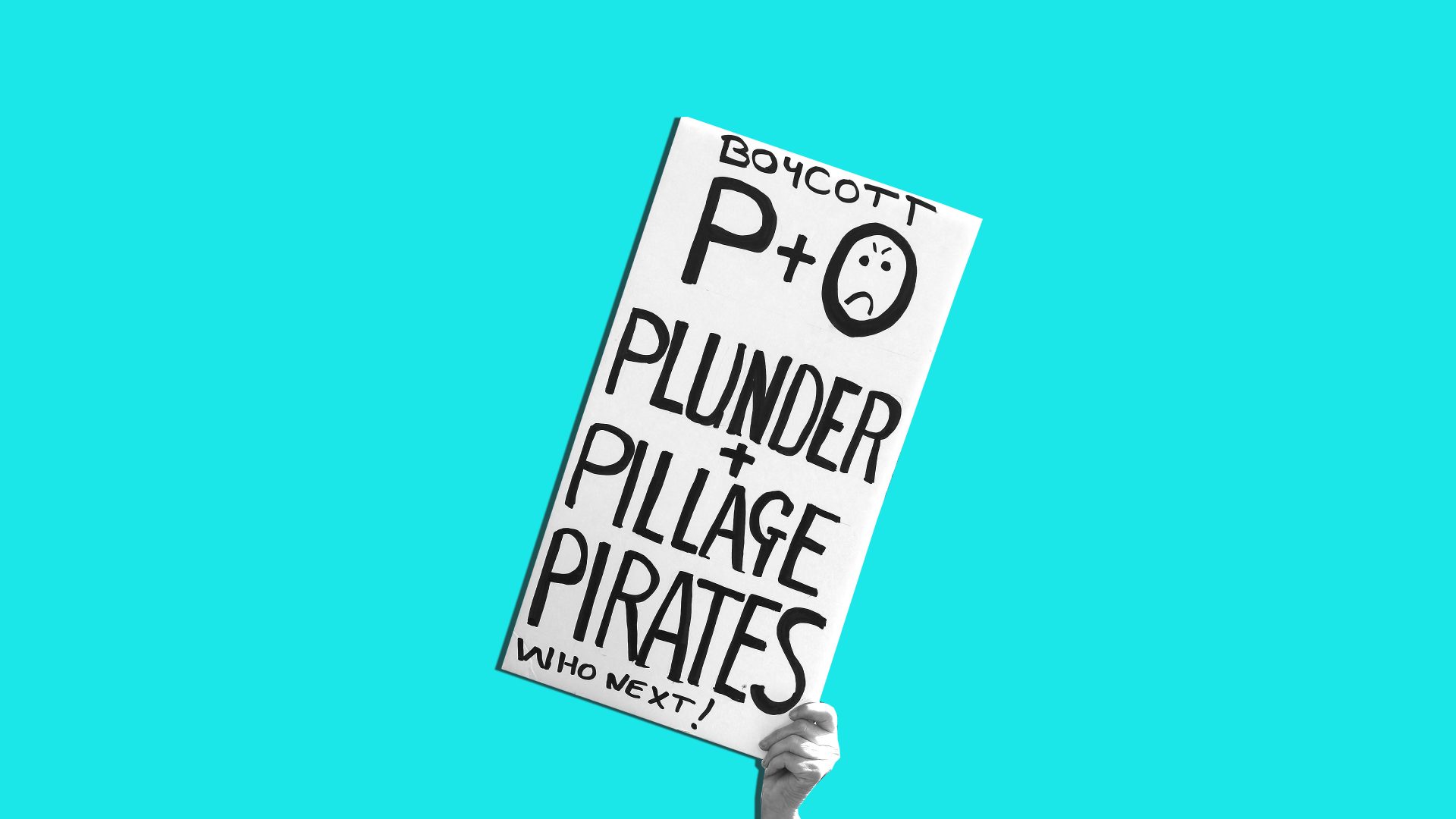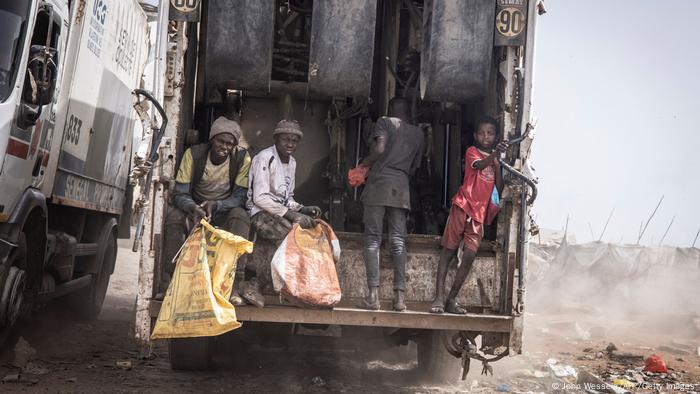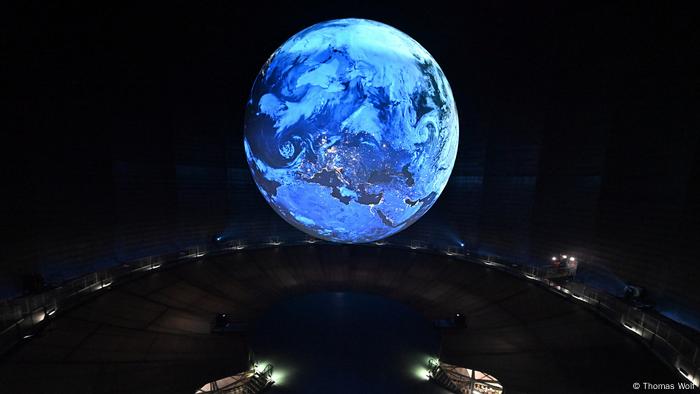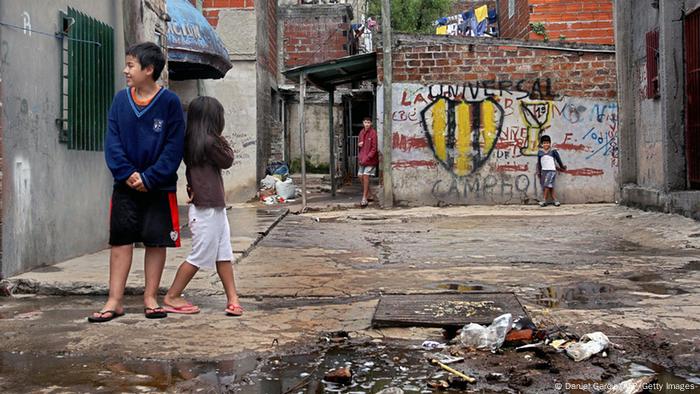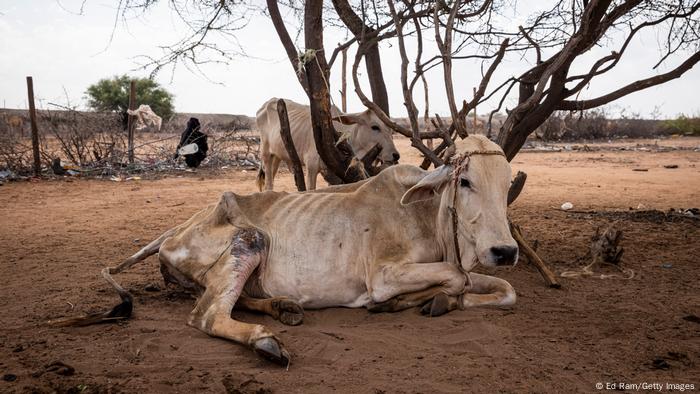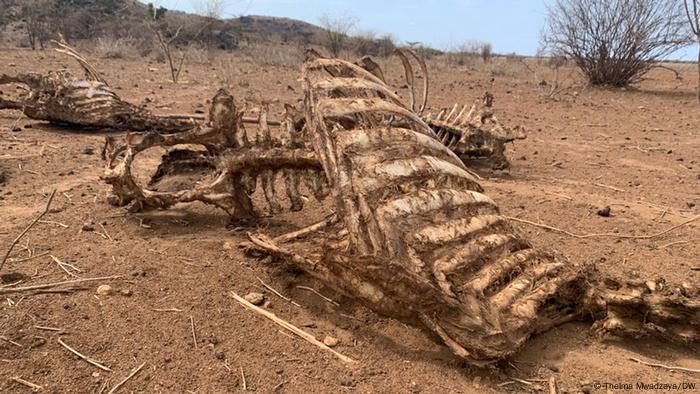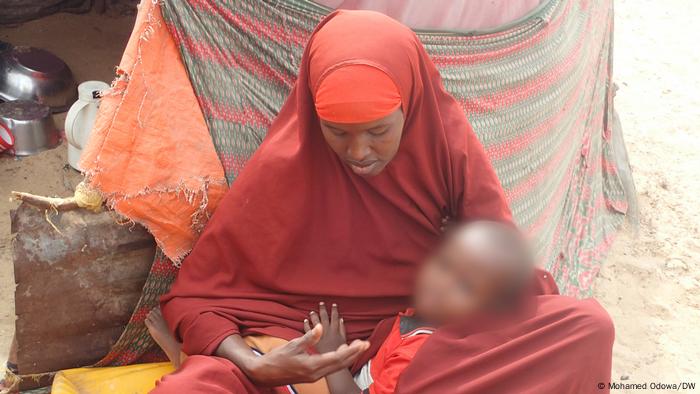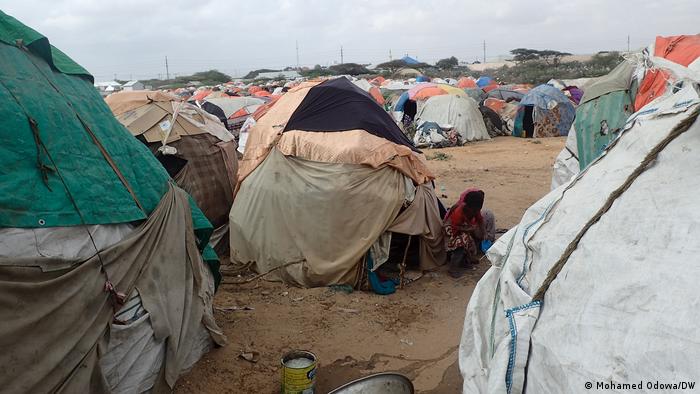President Joe Biden declared Thursday Cesar Chavez Day, in honor of the United Farm Workers president who led protests of labor practices starting in 1963. Chavez died on April 3, 1993.

Cesar Chavez, president of the United Farm Workers union, tapes an interview at ABC affiliate radio station KLOS in Los Angeles on October 1, 1976. UPI File Photo
License photo | Permalink

Chavez responds to reports that the Ku Klux Klan was trying to help lettuce growers involved in a strike with his farmworkers’ union at a press conference in Los Angeles on February 8, 1979. He threatened a nationwide boycott if violence in the strike field increased. File Photo by Bob Flora/UPI
License photo | Permalink

Chavez (L) is accompanied by San Francisco Supervisor Bob Gonzales (R) as they march in a picket line outside a supermarket in San Francisco on March 22, 1979. The farmworkers were boycotting Chiquita bananas, which were produced by a firm that owns one of the nation’s largest iceberg lettuce producers, the UFW’s chief target in a strike. Led by Chavez, some 250 picketers paraded in front of the store. UPI File Photo
License photo | Permalink

Chavez shows Helen, his wife of 33 years, a plaque from the city of Montreal expressing support for the union’s latest grape boycott on October 24, 1985. It marks the 51st time Chavez has wielded his only real weapon – the consumer boycott – since he began organizing in 1963. File Photo by Mark Loundy/UPI
License photo | Permalink

A weakened Chavez (L, sitting) holds the hand of his wife to his cheek during a song at a mass held in his honor where he broke his 36-day fast in Delano, Calif., on August 21, 1988. From left to right: Ethel Kennedy, Helen Chavez, Cesar Chavez, Juana Chavez (Cesar’s mother) and the Rev. Jesse Jackson. Jackson took up the hunger strike where Cesar Chavez left off, fasting on water for three days before passing on the fast to celebrities and leaders. Participants included actor Martin Sheen; the Rev. Joseph Lowery, president of the Southern Christian Leadership Conference; actor Edward Olmos; actro Emilio Estevez; Kerry Kennedy, daughter of Robert Kennedy; Peter Chacon, legislator; actress Julie Carmen; actor Danny Glover; singer Carly Simon; and actress Whoopi Goldberg. File Photo by Martin Jeong/UPI
License photo | Permalink

Chavez (R) receives a piece of bread from Ethel Kennedy. Chavez went on the water only fast more than a month prior to protest the reckless use of pesticides that endanger farmworkers. File Photo by Martin Jeong/UPI
License photo | Permalink

Chavez ends his fast as Kennedy looks on. File Photo by Martin Jeong/UPI
License photo | Permalink

UFW and sympathizers march through Altamont Pass near Livermore, Calif., on February 26, 1975. During their 110-mile march from San Francisco to the Gallo Winery in Modesto, the 250 marchers were demonstrating in support of their 18-month strike and boycott of Gallo wines, which had a contract with the Teamsters. UPI File Photo
License photo | Permalink

Chavez talks to a crowd of some 3,100 striking Imperial Valley lettuce pickers at a mass rally in Calexico, Calif., on February 1, 1979. Chavez said that the UFW was gearing up for a possible nationwide lettuce boycott. File Photo by Mark Loundy/UPI
License photo | Permalink
